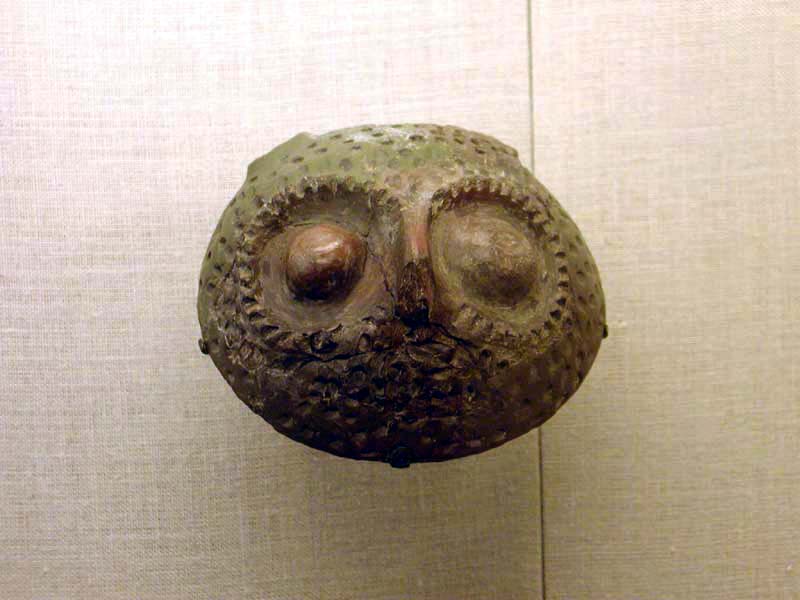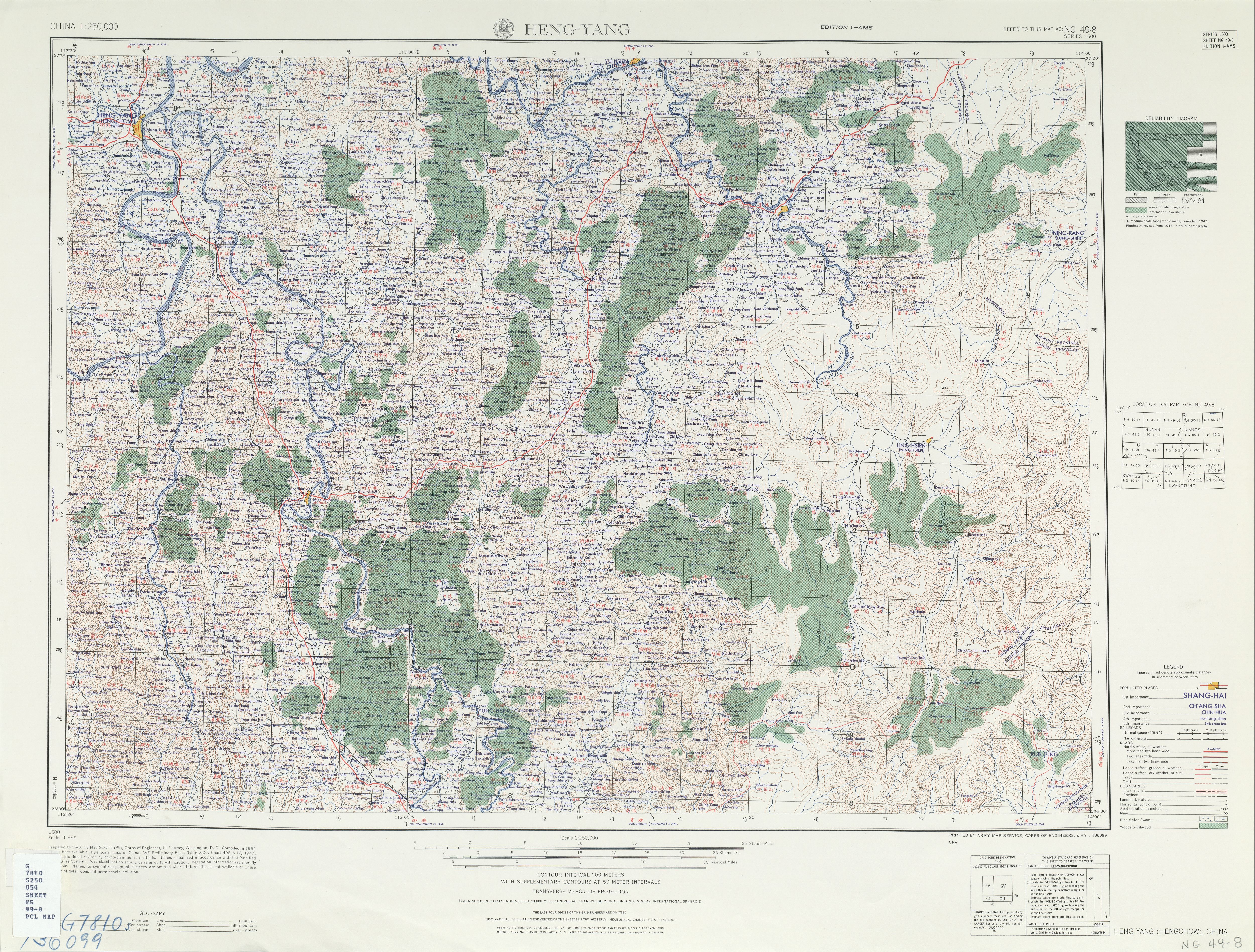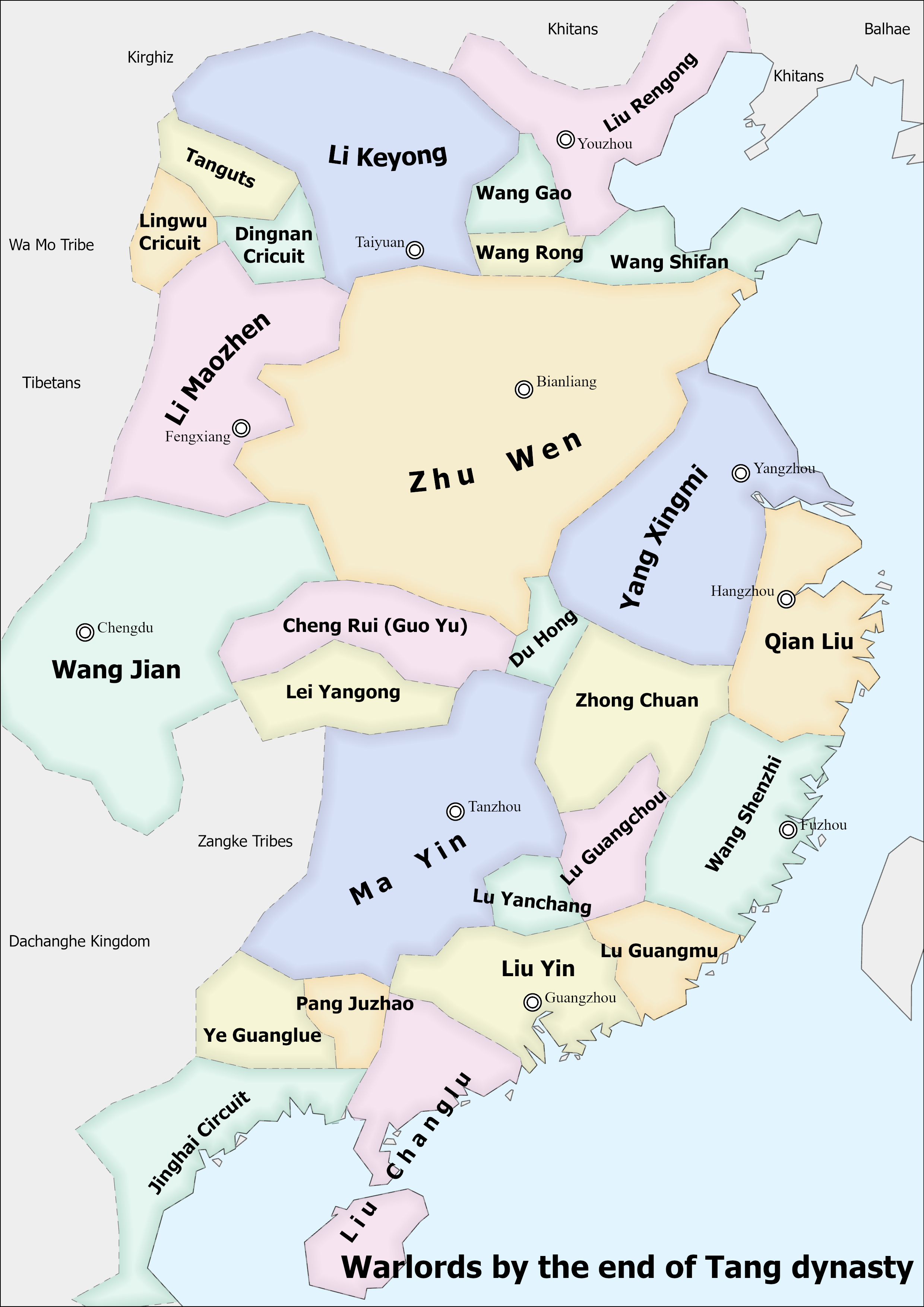|
Li Tao (Five Dynasties)
Li Tao (李濤) (c. 898?–961?), courtesy name Xinchen (信臣), formally the Duke of Ju (莒國公), was an official of the Chinese Five Dynasties and Ten Kingdoms Period Chu, Later Liang, Later Tang, Later Jin, Later Han, and Later Zhou, states, as well as the Song dynasty. He briefly served as chancellor during Later Han. Background Assuming that Li Tao died in 961, he would be born in 898, during the reign of Emperor Zhaozong of Tang. He was from Wannian (), one of the two counties making up the Tang dynasty capital Chang'an.'' History of Song'', vol. 262. He was a 10th-generation descendant of Li Yi (), an uncle of Tang's founding emperor Emperor Gaozu and was a great-grandnephew of the Tang chancellor Li Hui. His grandfather Li Zhen () served as a county magistrate, while his father Li Yuan () served as the director of palace construction (將作監, ''Jiangzuo Jian''). He had at least one younger brother, Li Huan (), who would later be known for literary capabili ... [...More Info...] [...Related Items...] OR: [Wikipedia] [Google] [Baidu] |
Courtesy Name
A courtesy name (), also known as a style name, is a name bestowed upon one at adulthood in addition to one's given name. This practice is a tradition in the East Asian cultural sphere, including China China, officially the People's Republic of China (PRC), is a country in East Asia. It is the world's List of countries and dependencies by population, most populous country, with a Population of China, population exceeding 1.4 billion, slig ..., Japan, Korea, and Vietnam.Ulrich TheobaldNames of Persons and Titles of Rulers/ref> A courtesy name is not to be confused with an art name, another frequently mentioned term for an alternative name in East Asia, which is closer to the concept of a pen name or a pseudonym. Usage A courtesy name is a name traditionally given to Chinese men at the age of 20 East Asian age reckoning, ''sui'', marking their coming of age. It was sometimes given to women, usually upon marriage. The practice is no longer common in modern Chinese socie ... [...More Info...] [...Related Items...] OR: [Wikipedia] [Google] [Baidu] |
Henan
Henan (; or ; ; alternatively Honan) is a landlocked province of China, in the central part of the country. Henan is often referred to as Zhongyuan or Zhongzhou (), which literally means "central plain" or "midland", although the name is also applied to the entirety of China proper. Henan is a birthplace of Han Chinese civilization, with over 3,200 years of recorded history and remained China's cultural, economic and political center until approximately 1,000 years ago. Henan Province is home to many heritage sites, including the ruins of Shang dynasty capital city Yin and the Shaolin Temple. Four of the Eight Great Ancient Capitals of China, Luoyang, Anyang, Kaifeng and Zhengzhou, are in Henan. The practice of tai chi also began here in Chen Jia Gou Village (Chen style), as did the later Yang and Wu styles. Although the name of the province () means "south of the ellowriver.", approximately a quarter of the province lies north of the Yellow River, also known as th ... [...More Info...] [...Related Items...] OR: [Wikipedia] [Google] [Baidu] |
Luoyang
Luoyang is a city located in the confluence area of Luo River (Henan), Luo River and Yellow River in the west of Henan province. Governed as a prefecture-level city, it borders the provincial capital of Zhengzhou to the east, Pingdingshan to the southeast, Nanyang, Henan, Nanyang to the south, Sanmenxia to the west, Jiyuan to the north, and Jiaozuo to the northeast. As of December 31, 2018, Luoyang had a population of 6,888,500 inhabitants with 2,751,400 people living in the built-up (or metro) area made of the city's five out of six urban districts (except the Jili District not continuously urbanized) and Yanshi District, now being conurbated. Situated on the Central Plain (China), central plain of China, Luoyang is among the List of oldest continuously inhabited cities#East Asia, oldest cities in China and one of the History of China#Ancient China, cradles of Chinese civilization. It is the earliest of the Historical capitals of China, Four Great Ancient Capitals of China. Name ... [...More Info...] [...Related Items...] OR: [Wikipedia] [Google] [Baidu] |
Hunan
Hunan (, ; ) is a landlocked province of the People's Republic of China, part of the South Central China region. Located in the middle reaches of the Yangtze watershed, it borders the province-level divisions of Hubei to the north, Jiangxi to the east, Guangdong and Guangxi to the south, Guizhou to the west and Chongqing to the northwest. Its capital and largest city is Changsha, which also abuts the Xiang River. Hengyang, Zhuzhou, and Yueyang are among its most populous urban cities. With a population of just over 66 million residing in an area of approximately , it is China's 7th most populous province, the fourth most populous among landlocked provinces, the second most populous in South Central China after Guangdong and the most populous province in Central China. It is the largest province in South-Central China and the fourth largest among landlocked provinces and the 10th most extensive province by area. Hunan's nominal GDP was US$ 724 billion (CNY 4.6 tri ... [...More Info...] [...Related Items...] OR: [Wikipedia] [Google] [Baidu] |
Hengyang
Hengyang (; ) is the second largest city of Hunan Province, China. It straddles the Xiang River about south of the provincial capital of Changsha. As of the 2020 Chinese census, Its total population was 6,645,243 inhabitants, whom 1,290,715 lived in the built-up (''or metro'') area consisting of 4 urban districts, Nanyue District not being conurbated yet. Hengyang is home to University of South China, Hengyang Normal University, and Hunan Institute of Technology, three major provincial public universities in the city. History The former name of the city was Hengzhou (Hengchow) (). This was the capital of a prefecture in the Tang Dynasty's Jiangnan and West Jiangnan circuits. Li Jingxuan was banished to superintendence of Hengzhou after feigning an illness and attempting to usurp control of the legislative bureau at Chang'an against the Gaozong Emperor's wishes in AD 680. Following the AD 705 coup that removed the Empress Wu Zetian from power, her ally Li Jiongxiu was ... [...More Info...] [...Related Items...] OR: [Wikipedia] [Google] [Baidu] |
Ma Yin
Ma Yin (; c. 853 – December 2, 930), courtesy name Batu (霸圖), formally King Wumu of Chu (楚武穆王), was Chinese military general and politician who became the first ruler of the Five Dynasties and Ten Kingdoms Period state Chu and the only one who carried the title of "king."Ma Yin's title was ''Wang'' (王) in Chinese, which could be translated as either "Prince" or "King" in English. The translation of "Prince" will be used here during the time that he carried the title of ''Wang'' of Chu during Later Liang and most of Later Tang. The translation of "King" will be used after he was created the ''Guowang'' (literally, "State King/Prince") of Chu by Li Siyuan, a title that carried for the rest of his life. He initially took control of the Changsha region in 896 after the death of his predecessor Liu Jianfeng, and subsequently increased his territorial hold to roughly modern Hunan and northeastern Guangxi, which became the territory of Chu. Background and early caree ... [...More Info...] [...Related Items...] OR: [Wikipedia] [Google] [Baidu] |
Zhu Quanzhong
Emperor Taizu of Later Liang (), personal name Zhu Quanzhong () (December 5, 852 – July 18, 912), né Zhu Wen (), name later changed to Zhu Huang (), nickname Zhu San (朱三, literally, "the third Zhu"), was a Chinese military general, monarch, and politician. He was a ''Jiedushi'' (military governor) and warlord who in 907 overthrew the Tang dynasty and established the Later Liang as its emperor, ushering in the era of the Five Dynasties and Ten Kingdoms. The last two Tang emperors, Emperor Zhaozong of Tang (Li Jie) and Emperor Ai of Tang (Li Zuo), who "ruled" as his puppets from 903 to 907, were both murdered by him. Zhu Wen initially served as a general under the rebel Huang Chao, but defected to the weakened Tang dynasty in 882. Taking advantage of the total chaos in the wake of Huang Chao's defeat, Zhu Wen was able to conquer parts of central China after destroying warlords such as Qin Zongquan, Shi Pu, Zhu Xuan, and Zhu Jin, although most of Shaanxi, Shanxi, and Hebei ... [...More Info...] [...Related Items...] OR: [Wikipedia] [Google] [Baidu] |
New Book Of Tang
The ''New Book of Tang'', generally translated as the "New History of the Tang" or "New Tang History", is a work of official history covering the Tang dynasty in ten volumes and 225 chapters. The work was compiled by a team of scholars of the Song dynasty, led by Ouyang Xiu and Song Qi. It was originally simply called the ''Tangshu'' (Book of Tang) until the 18th century. History In Chinese history, it was customary for dynasties to compile histories of their immediate predecessor as a means of cementing their own legitimacy. As a result, during the Later Jin dynasty of the Five Dynasties and Ten Kingdoms period, a history of the preceding Tang dynasty, the ''Old Book of Tang'' () had already been compiled. In 1044, however, Emperor Renzong of Song ordered a new compilation of Tang history, based on his belief that the original ''Old Book of Tang'' lacked organization and clarity. The process took 17 years, being finally completed in 1060. Contents The ''New Book of Tang ... [...More Info...] [...Related Items...] OR: [Wikipedia] [Google] [Baidu] |
Zizhi Tongjian
''Zizhi Tongjian'' () is a pioneering reference work in Chinese historiography, published in 1084 AD during the Northern Song dynasty in the form of a chronicle recording Chinese history from 403 BC to 959 AD, covering 16 dynasties and spanning almost 1400 years. The main text is arranged into 294 scrolls (''juan'' , equivalent to a chapter) totaling about 3 million Chinese characters. In 1065 AD, Emperor Yingzong of Song commissioned his official Sima Guang (1019–1086 AD) to lead a project to compile a universal history of China, and granted him funding and the authority to appoint his own staff. His team took 19 years to complete the work and in 1084 AD it was presented to Emperor Yingzong's successor Emperor Shenzong of Song. It was well-received and has proved to be immensely influential among both scholars and the general public. Endymion Wilkinson regards it as reference quality: "It had an enormous influence on later Chinese historic ... [...More Info...] [...Related Items...] OR: [Wikipedia] [Google] [Baidu] |





